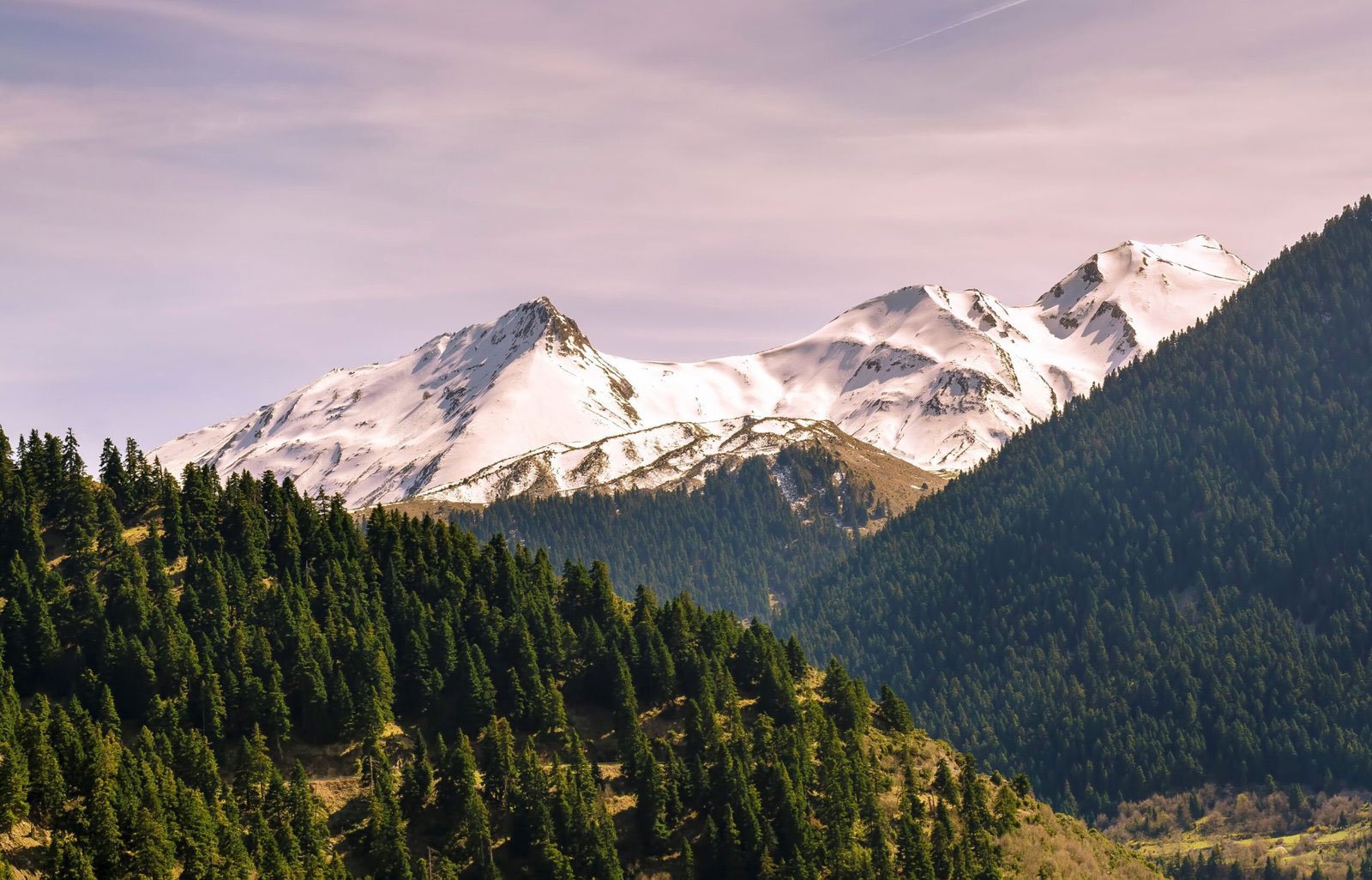
Best time to visit Kashmir
This blog discusses the best time to visit Kashmir along with many other seasons.The best time to visit Jammu and Kashmir is from April to October when the weather is pleasant, and the valley is full of blooming flowers. Summer is the busiest tourist season, with mild temperatures. July and August are ideal for the Amarnath Yatra. Autumn offers stunning views as the valley turns red, orange, and gold. Winter is perfect for snow lovers, with Gulmarg offering skiing and snowboarding.
Kashmir feels like a piece of paradise crafted by the Creator’s own hands. Its beauty and colors change with the seasons, constantly enchanting travelers.Every time I learned about Kashmir before visiting, it seemed like a different place. When I finally arrived, I realized it presented a variety of faces, even within the same landscape. Every region of Kashmir offers its own unique charm. To truly experience this diversity, I have visited Kashmir at different times of the year, and each time I was mesmerized. Let me share my experiences with you.
What can you experience in each season of Kashmir?
Kashmir feels like a piece of heaven crafted by the Creator. Its beauty and colors change with the seasons, enchanting visitors time and again. Every time I learned about Kashmir before traveling there, it seemed like a different place. Once I visited, I realized that Kashmir offers countless faces of beauty, with each area showcasing its unique charm. To fully experience its diversity, I visited Kashmir during different seasons, and each time I was captivated. Known for its unparalleled natural beauty, snow-covered mountains, lush valleys, and heavenly lakes, Kashmir offers an extraordinary experience for travelers.
The best time to visit Kashmir depends on the type of beauty and experience you want. Each season in Kashmir has its own attractions. Below, I will discuss the different travel seasons in Kashmir so you can plan your trip and enjoy the heavenly beauty of this destination to the fullest.
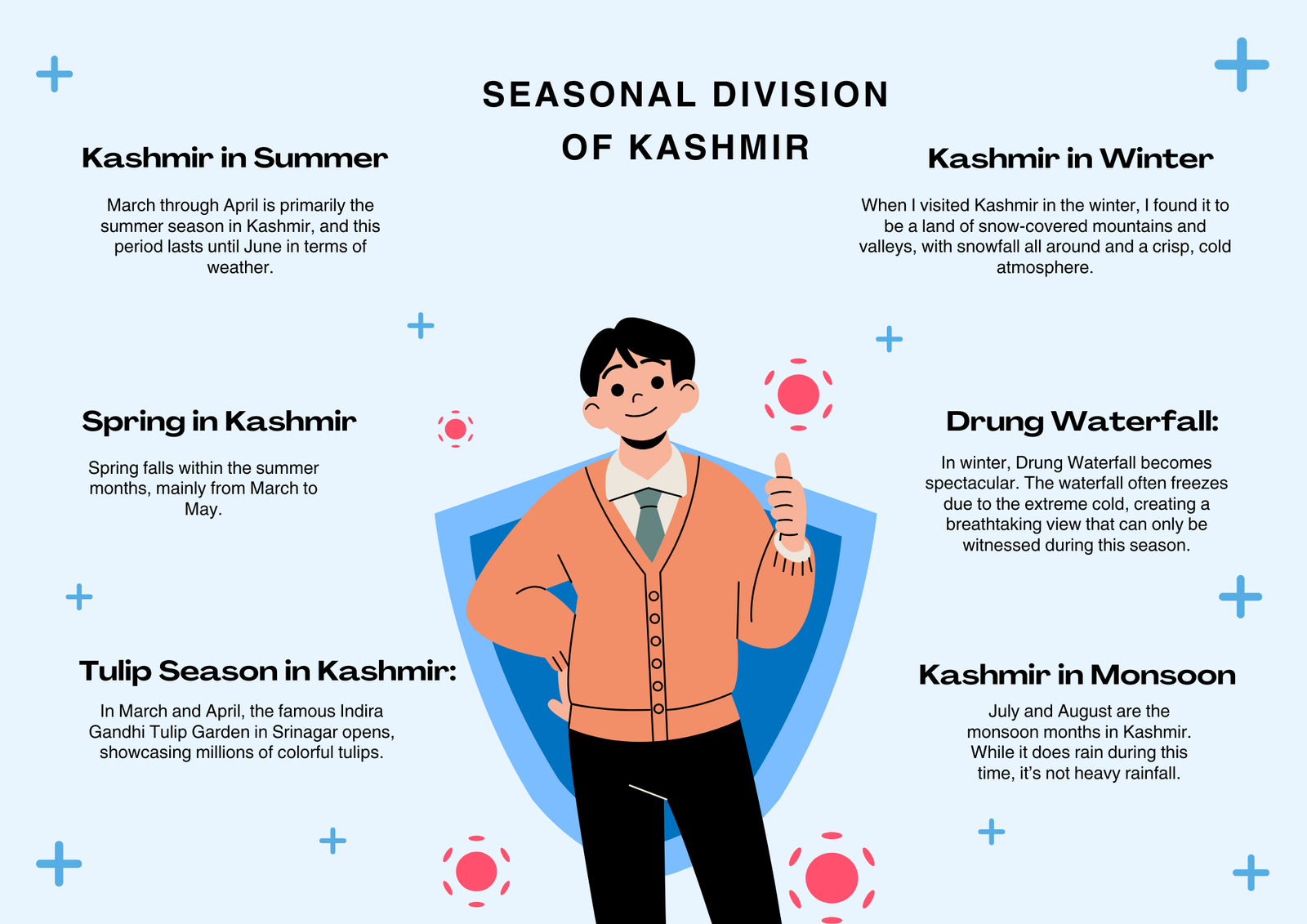
Seasonal Division of Kashmir
Kashmir mainly experiences four seasons:
- Summer (March to June)
- Monsoon (July to September)
- Autumn (October to November)
- Winter (December to February)
Kashmir in Summer
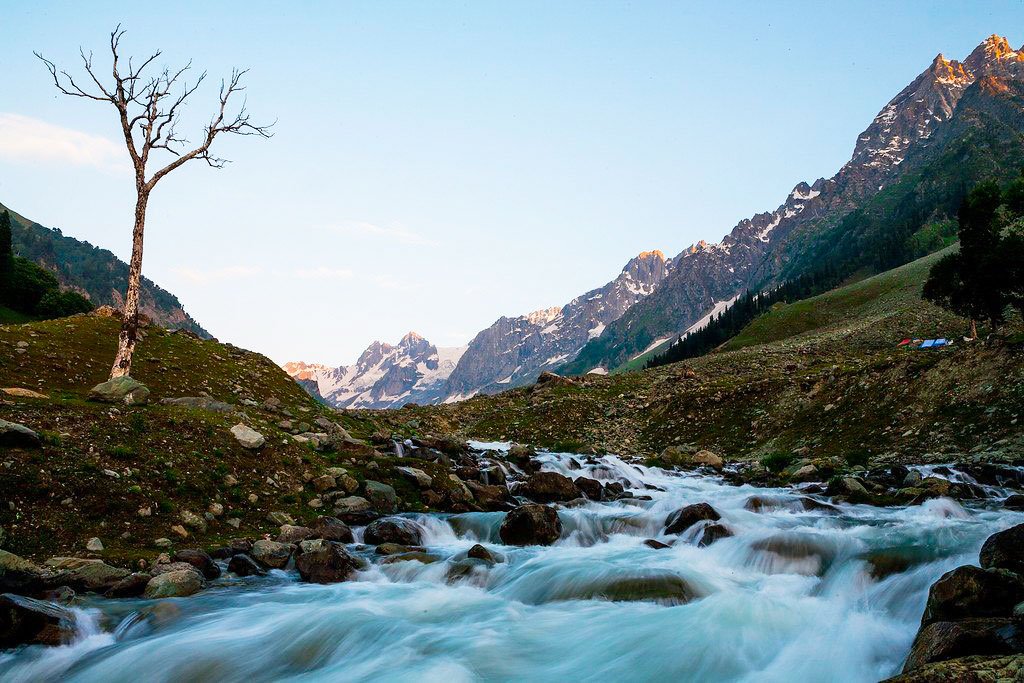
March through April is primarily the summer season in Kashmir, and this period lasts until June in terms of weather. During this time, the climate stays fairly consistent. Although April and May are technically spring, I never felt extreme heat or cold during my visits in the summer. I didn’t see much snow, though I did come across some towards the middle of summer. Of course, you can always find snow on the second phase of the Gulmarg gondola ride. During March and April, tulips bloom with the onset of spring, and the famous Indira Gandhi Tulip Garden in Srinagar opens to visitors. As May and June approach, nature becomes lush and green, which is why many choose to visit Kashmir during this time.
Visiting Kashmir in Summer (March to June): A Time of Renewal
March to April marks the beginning of summer in Kashmir, lasting until June. During this time, the weather is pleasant—not too hot or cold. This makes summer the most popular season for visiting Kashmir, with temperatures ranging from 15°C to 30°C, offering a comfortable climate. As the snow melts, the valleys turn lush green, flowers bloom, and the lakes reflect crystal-clear beauty. By May and June, nature becomes even greener, making this period a favorite for many travelers.
Key attractions during summer in Kashmir:
Gulmarg in Summer:
Known as the “Meadow of Flowers,” Gulmarg transforms from a snow-covered wonderland into a vibrant green landscape. Though snow is scarce in summer, the Phase-2 of the Gulmarg gondola ride offers views of snow year-round. Activities like golfing and ropeway rides are popular here.
Dal Lake and Nagin Lake:
During summer, shikara rides and houseboat stays on these famous lakes in Srinagar offer unforgettable experiences. The surrounding flower gardens and snow-capped mountains create mesmerizing views.
Mughal Gardens in Summer:
Mughal gardens like Nishat Bagh, Shalimar Bagh, and Chashme Shahi bloom with various flowers in summer, showcasing Kashmir’s rich cultural heritage.
Sonamarg in Summer:
Known as the “Golden Meadow,” Sonamarg offers opportunities for trekking and camping in summer.
Pahalgam in Summer:
The natural beauty of Betaab Valley and Aru Valley is particularly striking during this time.
Spring in Kashmir
Spring falls within the summer months, mainly from March to May. During this period, Kashmir is adorned with vibrant blossoms, especially tulips. Many consider spring the best time to visit Kashmir due to its pleasant weather and stunning floral beauty.
Tulip Season in Kashmir:
In March and April, the famous Indira Gandhi Tulip Garden in Srinagar opens, showcasing millions of colorful tulips. This garden becomes a world of colors, hosting the annual Tulip Festival, which attracts countless tourists.
Activities during Summer in Kashmir:
Summer in Kashmir allows you to enjoy hiking, fishing, golfing, and immersing yourself in nature.
Why is summer the best time to visit Kashmir?
Based on my experience, I’ve highlighted several aspects of summer travel in Kashmir. Let’s explore why summer is ideal for a trip to Kashmir:
- The weather is pleasant, making it easy to explore different places.
- It’s the perfect time for mountain trekking, river rafting, and horse riding.
- If you enjoy lush greenery and waterfalls, summer is the best time to visit. During winter, waterfalls like Drung often freeze or have reduced flow.
- Many areas inaccessible in winter due to snow can be easily visited in summer.
Kashmir in Winter

When I visited Kashmir in the winter, I found it to be a land of snow-covered mountains and valleys, with snowfall all around and a crisp, cold atmosphere. At various tourist spots, I touched the soft snow, an experience that’s hard to put into words. You can enjoy different snow activities during this season. The Drang Waterfall takes on a magical appearance in winter. If you’re planning a winter trip to Kashmir, make sure to pack extra warm clothes to stay comfortable in the cold.
Winter in Kashmir (December to February): A Land of Snow
Visiting Kashmir in winter feels like stepping into a snow-covered paradise. The mountains and valleys are blanketed in white, creating a magical, chilly atmosphere. For snow lovers, this is the best time to visit. Temperatures range between -2°C and 10°C. Touching soft, cotton-like snow and enjoying various snow activities are experiences beyond words.
Key Winter Attractions:
Drung Waterfall:
In winter, Drung Waterfall becomes spectacular. The waterfall often freezes due to the extreme cold, creating a breathtaking view that can only be witnessed during this season.
Dal Lake:
A Shikara ride on the chilly waters of Dal Lake, either in the morning or evening, is an unforgettable experience. Sipping tea while enjoying the surrounding snowy scenery adds to the charm.
Gulmarg:
Famous as a ski resort, Gulmarg is a top attraction in winter. It’s popular for skiing and snowboarding. The Gondola ride to Phase-2 offers a stunning snow-covered landscape, though only adventure enthusiasts venture to such heights due to the extreme cold.
Sonamarg and Pahalgam:
These locations transform into breathtaking snowfields during winter, offering a tranquil, snowy beauty.
Winter Festivals:
Local winter festivals give tourists a glimpse of Kashmiri culture up close.
Winter Activities in Kashmir:
Skiing, snow trekking, and snow fights are popular during this time.
Precautions for Visiting Kashmir in Winter:
Those sensitive to cold may find winter travel challenging.
Carry warm clothing; heavy winter wear is available for rent.
Snow boots are essential and can also be rented.
Heavy snowfall may limit access to certain tourist spots, so plan accordingly.
Kashmir in Monsoon
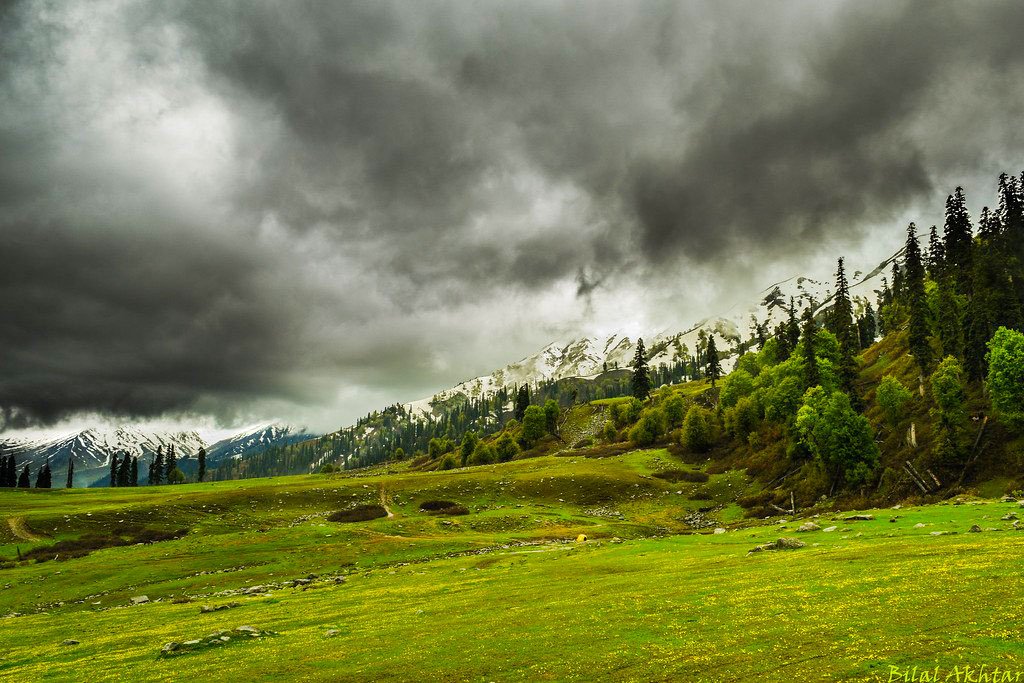
July and August are the monsoon months in Kashmir. While it does rain during this time, it’s not heavy rainfall. However, some people may find the rain a bit bothersome. The surroundings became fully green, and I noticed there were fewer tourists around this time. People who prefer a quiet, serene experience usually visit during this season, as everything becomes more affordable due to the low tourist count.
Also Read: Beauty of Kashmir
Kashmir in the Monsoon (July to September): A Romantic Season
July and August are the monsoon months, though rain may continue into September. While Kashmir doesn’t experience heavy rainfall, some may find the rain bothersome. However, the monsoon gives Kashmir a fresh, green look. Light rain and mist create a dreamy atmosphere, attracting many visitors who find this the perfect time to explore.
Key attractions during the monsoon:
- Fresh natural beauty: Rain-washed trees, hills, and lakes appear more vibrant.
- Flower valleys: Although summer blooms more flowers, some unique species appear during the monsoon.
- Dal Lake and Jhelum River: Water bodies become fuller and more scenic.
- Lively waterfalls: The monsoon rejuvenates waterfalls, offering stunning views.
- Mountain villages: The serene atmosphere of Kashmir’s mountain villages is especially appealing during the monsoon.
Activities in the monsoon:
Walking around lakes, staying on houseboats at Dal Lake, and taking a shikara ride are thrilling and romantic experiences, making this season a favorite for many travelers.
Challenges in Monsoon Travel:
Some trekking paths may become slippery. Despite this, the monsoon offers an opportunity to enjoy Kashmir’s tranquil beauty.
Why Choose Monsoon for Kashmir Travel?
Though monsoon might seem inconvenient to some, it’s perfect for others. Based on my experience, here’s why monsoon is great:
- The fresh, vibrant nature uplifts travelers’ spirits.
- Fewer tourists visit during this season, making it ideal for those seeking solitude.
- Those avoiding crowds will enjoy the romantic ambiance.
- Costs are lower compared to other seasons due to fewer tourists.
Kashmir in Autumn
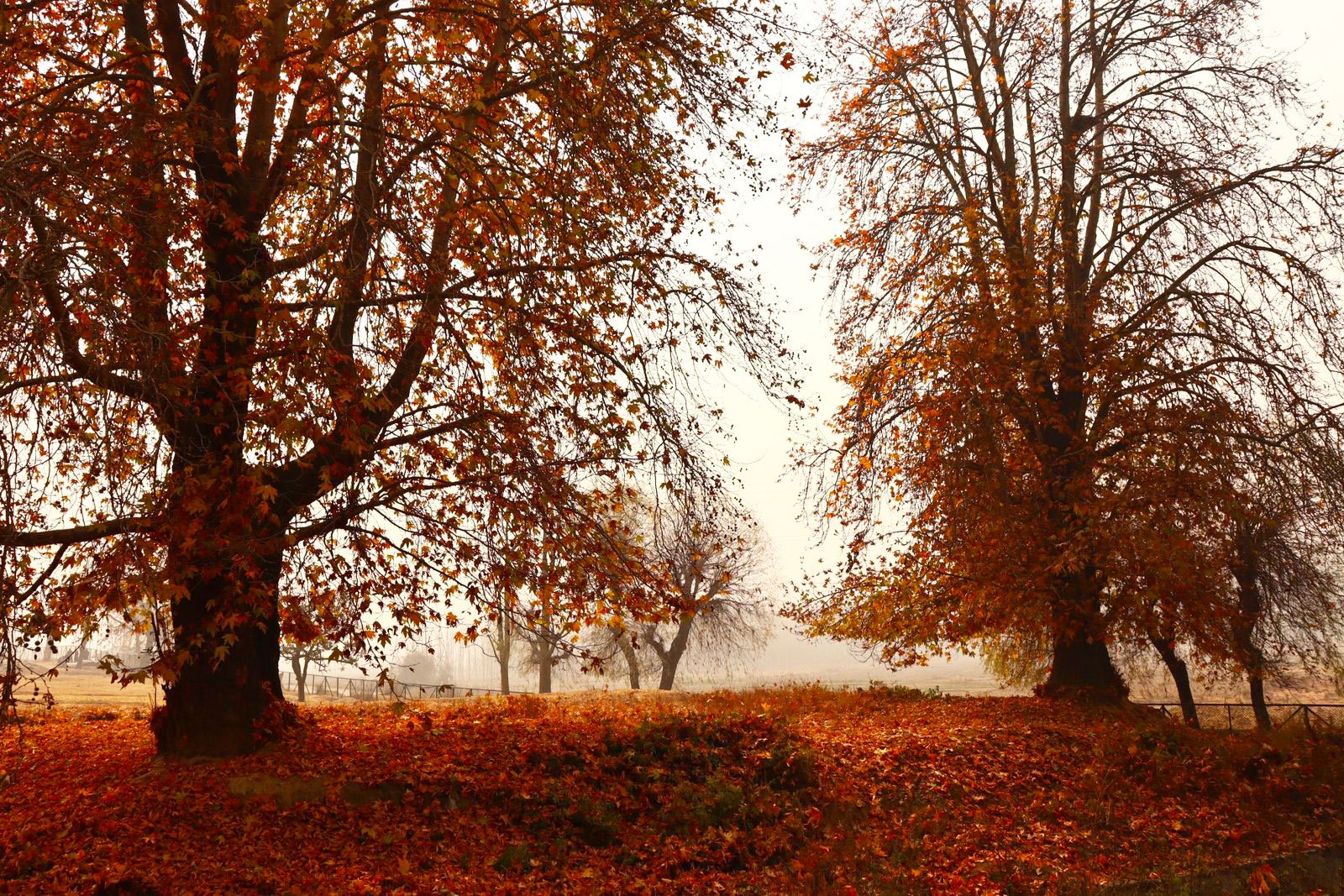
September through October is autumn in Kashmir. During autumn, the gardens in Kashmir look absolutely stunning. I had a wonderful time exploring the apple orchards and drinking fresh apple juice. The lush greenery of autumn is very appealing to tourists. However, towards the end of autumn, the green leaves begin to turn yellow, and eventually red. I saw many photographers capturing the beautiful autumn landscape.
Also Read: Traveling to Kashmir
Kashmir has many different facets of beauty. Some people love the snow in winter, others enjoy the greenery of summer, while some are drawn to the tulip gardens or the lush nature. So, it’s hard to say which season is the best to visit. It depends entirely on the preferences of the traveler. If you don’t enjoy cold and snow, then winter might not be the best time for you. For such travelers, summer or the green landscapes of June and July would be more appealing. If you prefer peace and solitude, then the rainy season would be ideal. Ultimately, the best time to visit kashmir depends on what you enjoy most. Hopefully, after considering the different atmospheres and seasons, you’ll be able to choose the perfect time to visit Kashmir.
Autumn in Kashmir (October to November): The Colorful Season
Autumn in Kashmir begins in September and lasts through October. Daytime temperatures hover around 20°C, while nights drop to about 12°C, getting colder in November.
During autumn, the gardens of Kashmir look breathtaking. The green landscape draws visitors, but by late autumn, the leaves turn yellow, then red. Chinar trees transform, with leaves turning golden, reddish, and orange.
Photographers often flock to capture this stunning transformation, making autumn one of the best times to visit Kashmir.
Attractions of Visiting Kashmir in Autumn:
Apple Season in Kashmir:
Autumn is the season of apples. During this time, apples ripen in orchards across Kashmir. Tourists can enjoy strolling through apple orchards and savoring fresh apple juice.
Beauty of Chinar Trees:
The colorful leaves of Chinar trees, especially in areas of Srinagar, are a unique feature of autumn. Tourists are mesmerized by this vibrant natural beauty.
Nishat and Shalimar Gardens:
In autumn, these gardens take on a new charm. Walking through the gardens feels like strolling in a scenic European landscape.
Comfortable Weather:
The daytime remains pleasant, while the cool nights enhance the charm of the autumn season.
Why is Autumn the Best Time to Visit Kashmir?
Autumn is ideal for enjoying the beauty of Kashmir’s lakes, gardens, and mountain roads.
The sky remains clear, and nature displays its most stunning colors, making it perfect for photography.
Off-Season in Kashmir:
The off-season offers a unique chance to enjoy nature’s tranquility. Winter (January to March) and monsoon (July to September) are considered off-seasons. During this time, popular spots like Gulmarg, Pahalgam, and Dal Lake are less crowded.
In winter, Kashmir becomes a snowy wonderland, ideal for snow activities. In the monsoon, the greenery thrives, though occasional rains and landslides may disrupt travel.
Off-season travel is budget-friendly, as hotel and transportation costs are lower. However, checking weather and road conditions is essential. With proper planning, an off-season visit can be a peaceful and beautiful experience.
Final Words:
Kashmir offers different charms in every season. Some prefer the snowy beauty of winter, others the vibrant colors of spring or the lush greenery of summer. The best time to visit depends on personal preferences. For those who dislike the cold, winter holds little appeal, while the green landscapes of summer may be ideal. Similarly, those seeking solitude may enjoy the monsoon. Considering the seasonal variations, choose the best time for your Kashmir trip and enjoy its natural splendor.


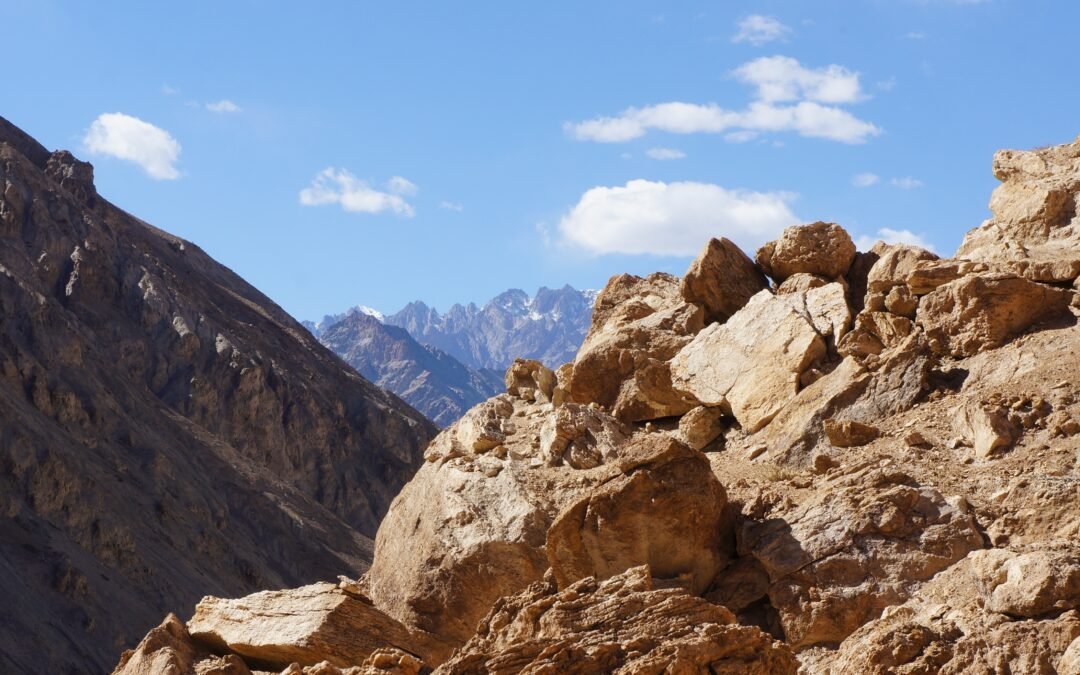

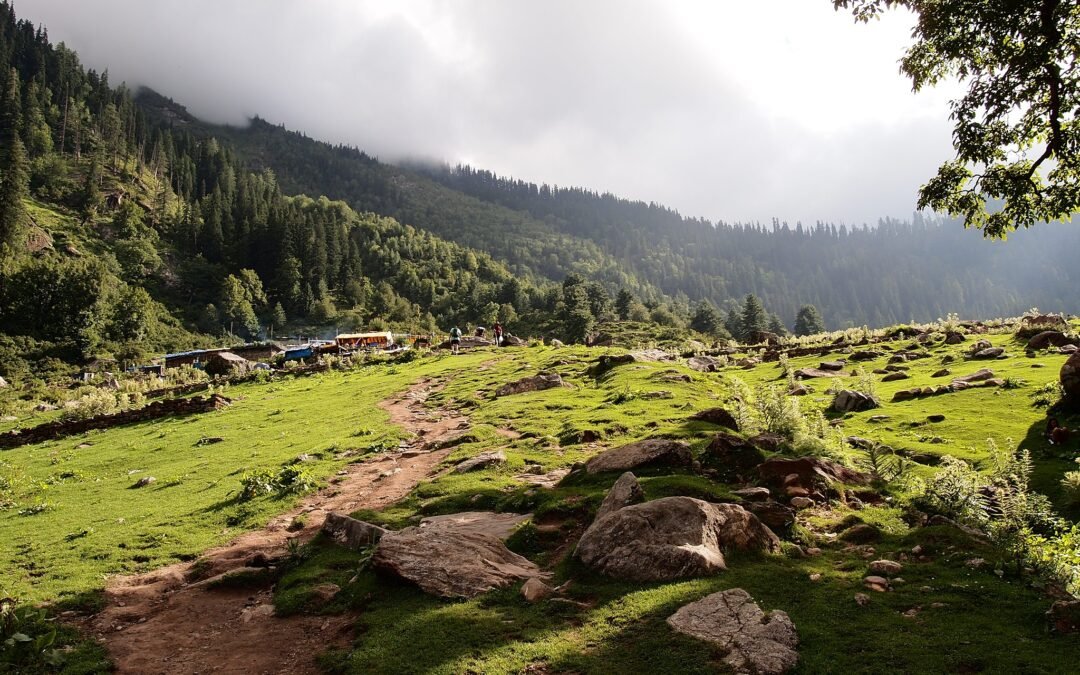

Купить Haval – только у нас вы найдете цены ниже рынка. Быстрей всего сделать заказ на хавал джолион цена можно только у нас!
[url=https://jolion-ufa1.ru]купить хавал джулион[/url]
новый haval jolion – [url=http://www.jolion-ufa1.ru/]https://jolion-ufa1.ru[/url]
Купить Хавейл – только у нас вы найдете разные комплектации. Быстрей всего сделать заказ на авто haval цена можно только у нас!
[url=https://haval-msk1.ru]хавал цены 2024 официальный дилер[/url]
хавал автосалон – [url=http://www.haval-msk1.ru/]https://www.haval-msk1.ru/[/url]
Заказать \Geely – только у нас вы найдете разные комплектации. Быстрей всего сделать заказ на джили 2024 салон можно только у нас!
[url=https://geely-v-spb1.ru]машина geely[/url]
купить новый джили – [url=http://geely-v-spb1.ru]https://geely-v-spb1.ru/[/url]
Купить Tank – только у нас вы найдете разные комплектации. Быстрей всего сделать заказ на новый автомобиль танк можно только у нас!
автомобиль танк цена и комплектация
танк автомобиль китай цена – https://www.tankautospb.ru/
Купить Tank – только у нас вы найдете цены ниже рынка. Быстрей всего сделать заказ на дилер авто танк можно только у нас!
цены на tank в 2025 году
марка танк автомобиль – https://www.tankautospb.ru/
Купить Tank – только у нас вы найдете разные комплектации. Быстрей всего сделать заказ на танк 2025 года можно только у нас!
автомобиль танк комплектация
автомобиль танк джип китайский – http://www.tankautospb.ru/